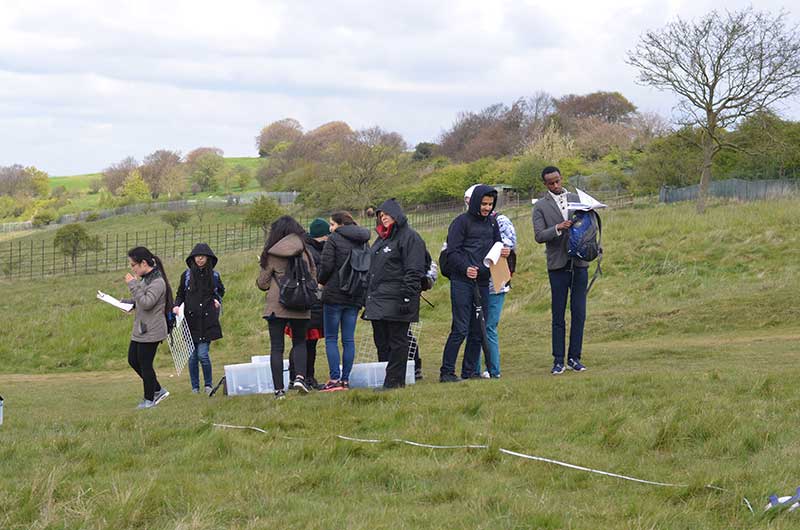KS5 Field Study – Whipsnade Zoo
3rd May 17

Last week, my A2 Biology class went along to Whipsnade Zoo to complete one of our compulsory practicals required to achieve our A level.
As a Biology student I was required to go on a field trip to develop my ecological practical skills. I had to learn how to find and identify plant species in order to calculate species diversity. Species diversity is very important for environmental scientists to understand the range of species in an area and the number of individuals within a species.
Our group was split into pairs using a random number generator and each pair was assigned with 3 sets of coordinates. Each pair was given a quadrat, which was placed where the coordinates crossed. In pairs we had to identify plant species present inside the quadrat using an identification chart which included a description of a variety of plants present in the area. We also measured abiotic factors such as light intensity and soil PH using a variety of environmental equipment. Furthermore, our class had an opportunity to visit and work on an area of special scientific interest (SSSI) which is normally closed to the public. We used a different technique called a belt transect where we identified the species of plants present on a slope at regular intervals. We recorded the collected data so we could interpret it later.
After we had completed the required tasks we spent the rest of the day learning about the conservation programmes the zoo offers.
Asya Li



